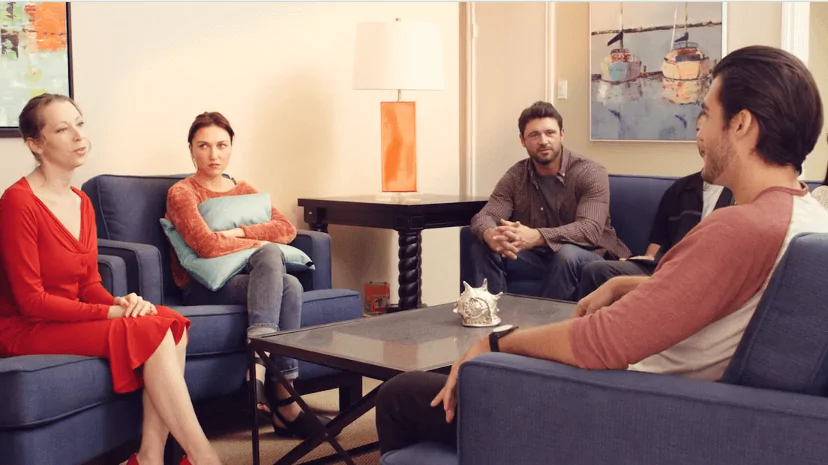24/7 Helpline:
(866) 899-221924/7 Helpline:
(866) 899-2219
Learn more about Adderall Rehab centers in Sleepy Eye
Adderall Rehab in Other Cities
Other Categories in Sleepy Eye

Other Insurance Options

Health Net

Carleon

Anthem

AllWell

Horizon Healthcare Service

BlueCross

Molina Healthcare
Beacon

Optima

Covered California

Self-pay options

Aetna

Health Choice

American Behavioral

Health Partners

UnitedHealth Group

Absolute Total Care

CareFirst

UMR

Highmark


New Ulm Medical Center – Substance Abuse
New Ulm Medical Center – Substance Abuse is a private rehab located in New Ulm, Minnesota. New Ulm M...

Nova House Intensive Residential Treatment Services
Situated in New Ulm, Minnesota, Nova House Intensive Residential Treatment Services (IRTS) is a drug...











































